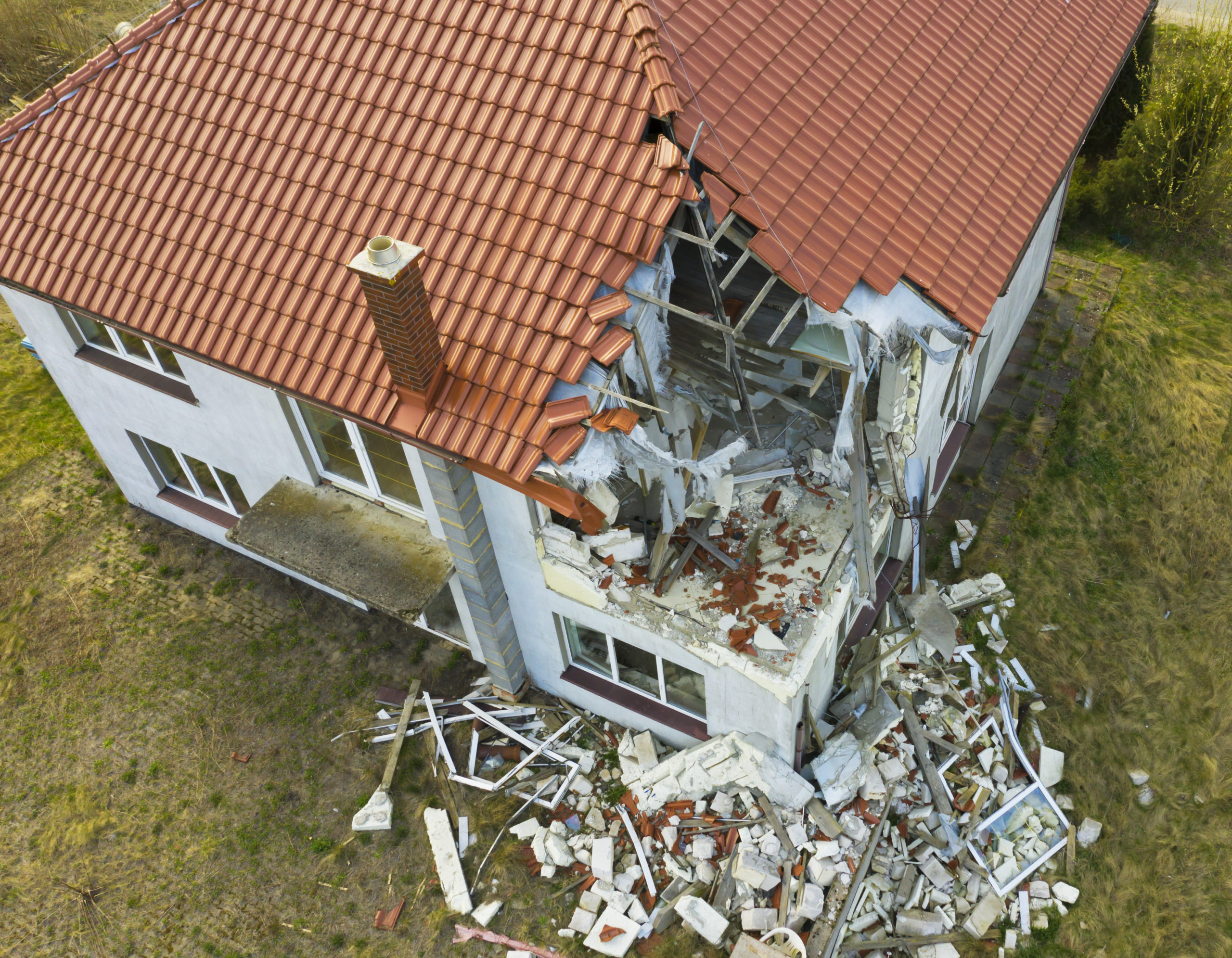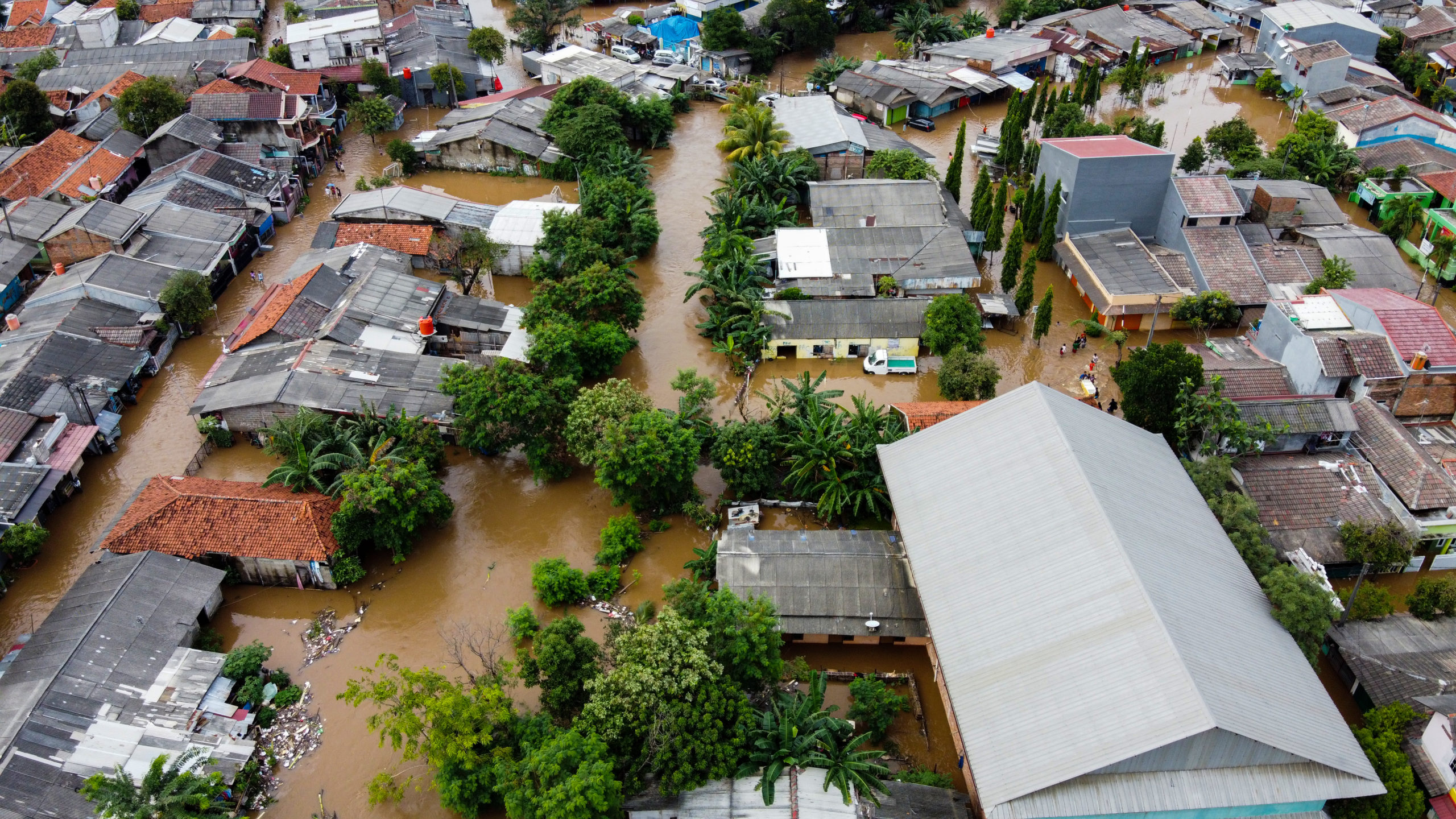In this two part blog series, we are diving into the “blueprint” that the most successful companies are following to build their drone program.
In Part 1, we covered the first 3 elements:
– A detailed plan for drone deployment in storm regions
– An end-to-end solution that reduces the cost of storm claim inspections
– Safe, autonomous drones that let you scale across your organization
Here in Part 2, we’ll explain why you should invest in:
– Easy-to-use drone software and systems that accelerate your claims workflow
– Intelligent tools to automatically detect storm damage and build roof dimension models
– The ability to easily share data in reports or to downstream systems
Easy-to-use drone software and systems that accelerate your claims workflow
Your industrial drone solution should provide a streamlined process to speed up estimate generation and claims resolution and minimize inspector / adjuster time at each property. Responding to storms comes with additional pressure to manage claims quickly so policy policyholders can repair or rebuild and get back to their normal lives. The most efficient systems for storm response provide:
– An easy-to-use mobile flight planning app
– Automatic processing and secure data access for immediate use by personnel in the field and in the office
– Cloud software that can be quickly implemented into your existing workflows
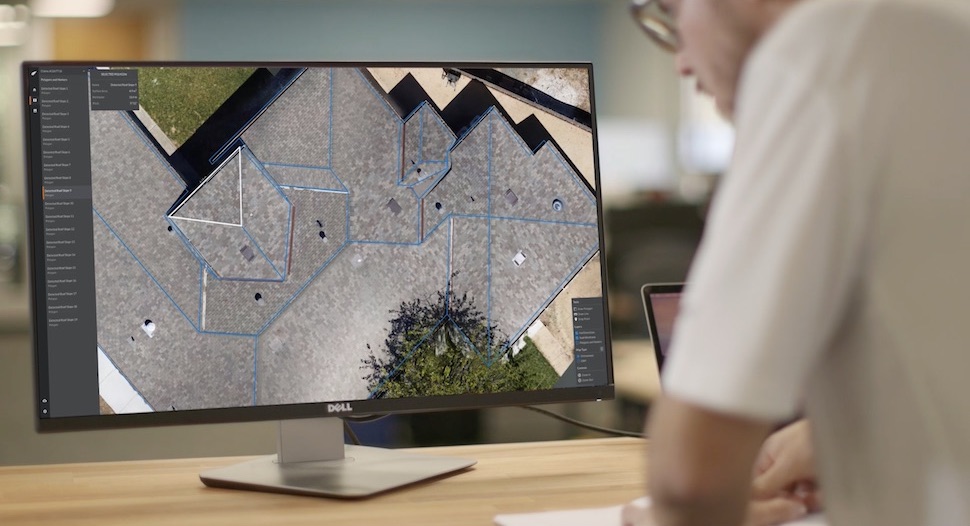
Intelligent tools to automatically detect storm damage and build roof dimension models
The most effective drone solutions provide automated AI / ML tools to identify storm damage and speed the estimate generation process. These systems deliver:
– Automatic identification of hail and storm damage to shingles, eliminating excessive manual tagging and annotations
– Accurate, automated roof dimensions within 1-2% of manual measurements
Leveraging AI & ML will not only lead to more accurate and efficient storm claim estimates, but will eliminate the need to pay for third party dimension reports that use historical and outdated data.
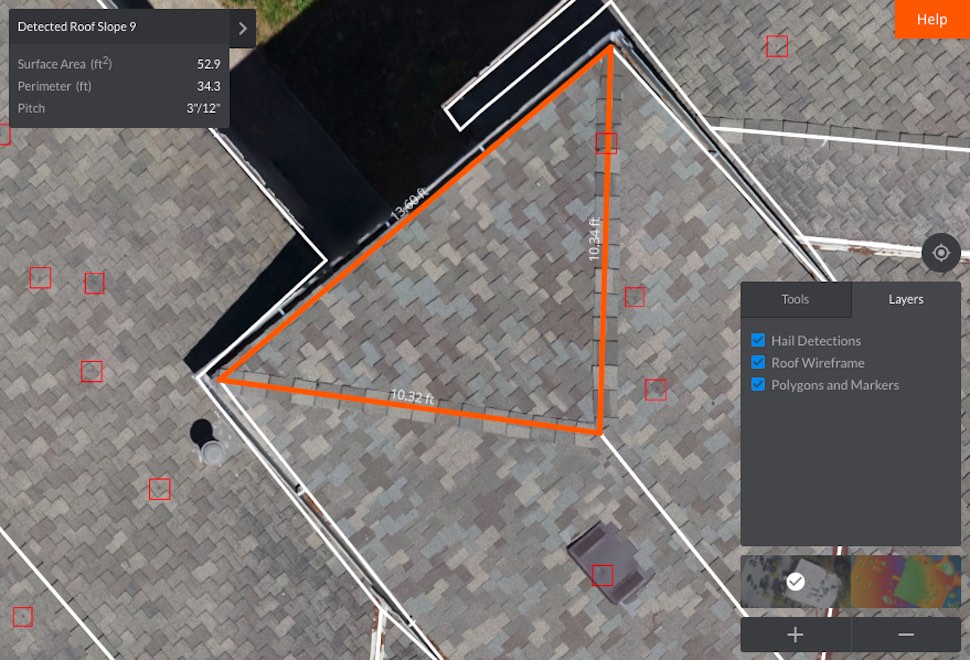
The ability to easily share data in reports or to downstream systems
When facing a surge of storm claims, it is important that your data is easily packaged into reports and is available to share with estimatics and claims management systems so you can complete the claims process quickly. Your aerial intelligence solution should provide easily consumable data:
– PDF reports that contain all images, annotations, dimensions, and wireframes for attachment to estimates and claims
– Access to all aerial data, images, and 3D models in popular file formats via simple export or API for sharing with downstream software systems
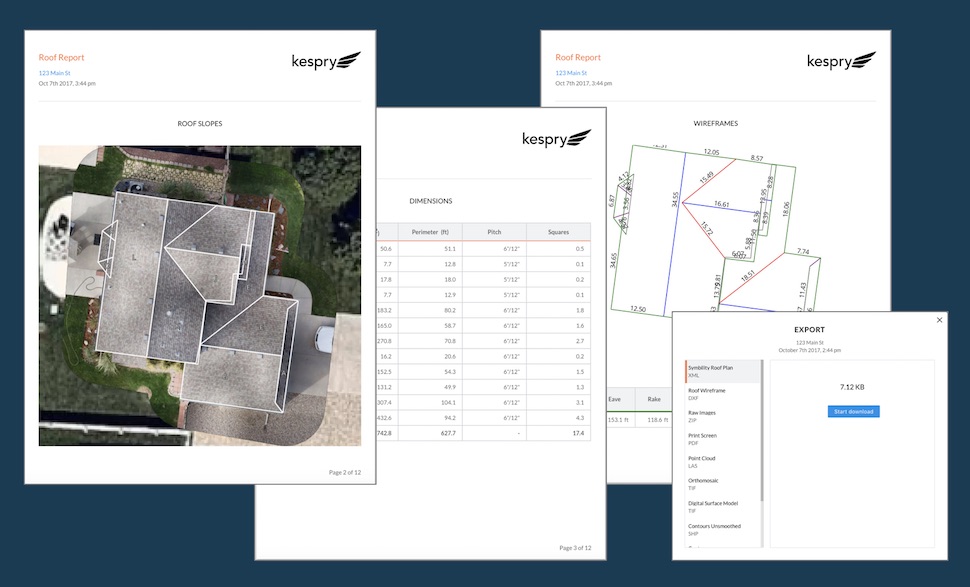
This solution “blueprint” has enabled insurance carriers, independent adjusters, and roofing companies responding to storm-related P&C claims to:
1. Improve the customer experience with transparency and faster repairs
2. Reduce loss adjustment expenses and claims cycle times
3. Improve the safety of adjusters and roof inspectors
2018 is shaping up to be a very exciting year as the industry continues to learn the benefits of implementing an aerial intelligence system for storm response.
To learn more about how leading companies are taking charge of storm season and their everyday roof inspections with Kespry’s aerial intelligence solutions, download our Storm Season Checklist. You can also view our on-demand webinar.


